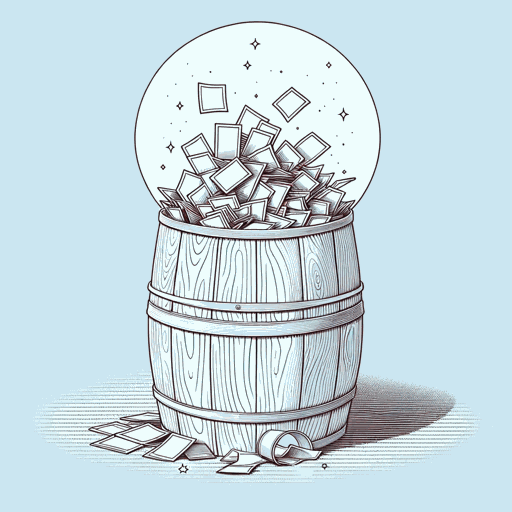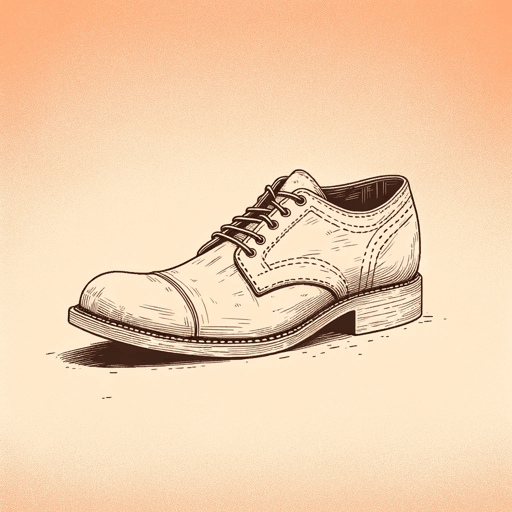61 pages • 2 hours read
Bernard MalamudThe Magic Barrel
Fiction | Short Story Collection | Adult | Published in 1958A modern alternative to SparkNotes and CliffsNotes, SuperSummary offers high-quality Study Guides with detailed chapter summaries and analysis of major themes, characters, and more.
Symbols & Motifs
Clothes
In “The Magic Barrel” stories, Malamud often uses either a change or an exchange of clothing to symbolize a spiritual change or a dual nature. In “The Mourners,” for example, the landlord Gruber becomes overwhelmed by remorse for his poor treatment of Kessler and wraps himself in a sheet from his tenant’s bed, becoming in that instant “a mourner.” Gruber has had an epiphanic vision of himself as dead, and of Kessler mourning him; for Gruber, Kessler’s bedsheet thus becomes a shroud—a winding sheet—and Gruber joins him in an all-embracing rite of grief, empathy, and remorse, becoming, in a sense, no longer Kessler’s landlord but his double.
In “The Last Mohican,” clothing serves again as a symbol of a divided nature. Arthur Fidelman brings two suits with him to Rome—one of them hidden in a suitcase—and this signifies his bifurcated history: the clean-cut American scholar of the Renaissance, and the turbulent Jewish ancestry that he has tried to suppress and forget. Susskind, a ghostly revenant of Fidelman’s Jewish past, asks him for the extra suit, as if for acknowledgment of his other, secret half, but Fidelman denies Susskind’s claim to it. Finally, upon either seeing himself in Susskind or Susskind in himself, Fidelman begs the man to take the suit.
Related Titles
By Bernard Malamud





